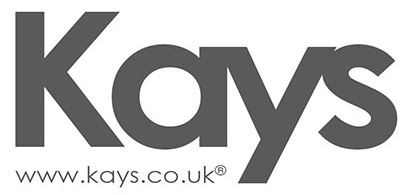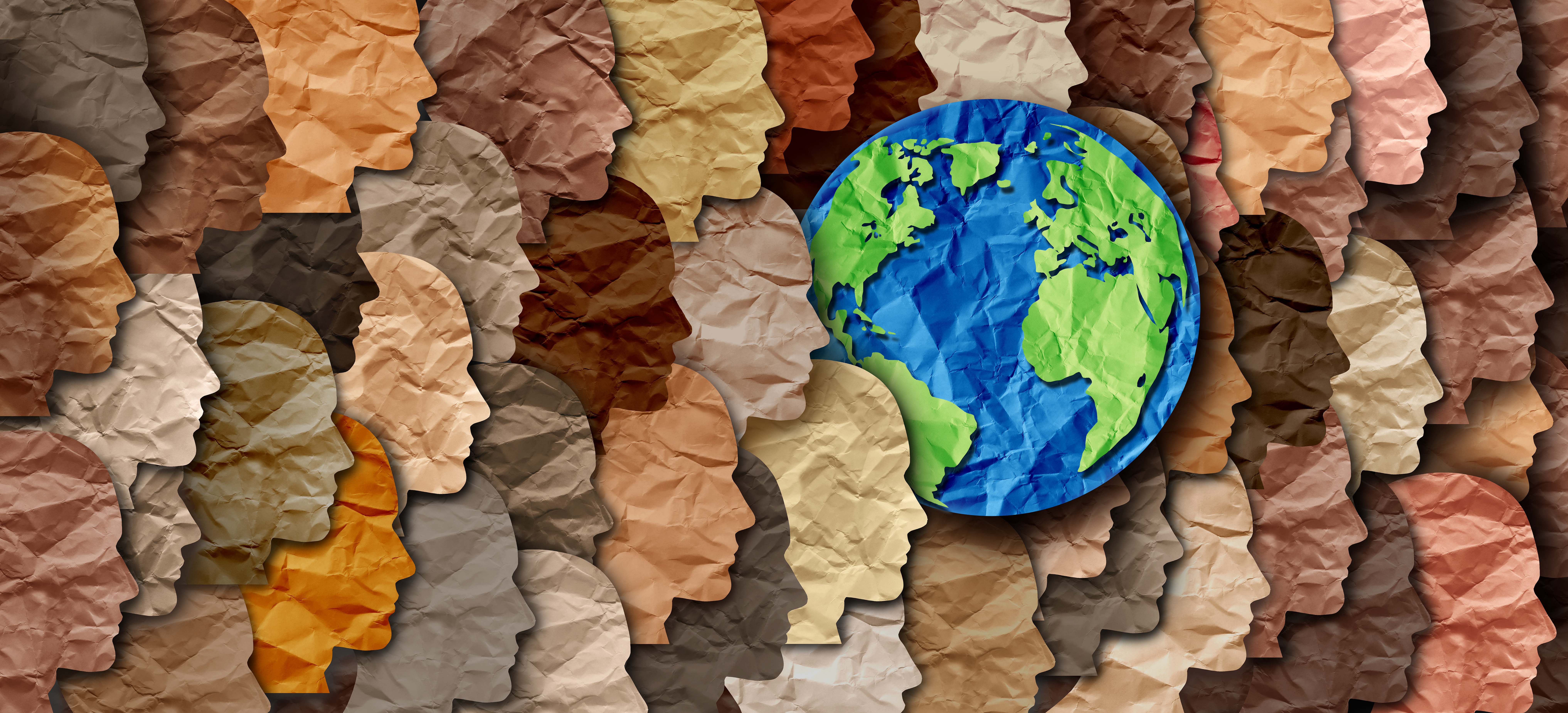Protective packaging is crucial for safeguarding products from various forms of damage during storage or transit. Damage can stem from shock, vibration, abrasion, or environmental factors like moisture or temperature fluctuations.
Foam Packaging: Advantages and Disadvantages
Advantages of Foam Packaging:
- Superior Cushioning:
- Foam is renowned for its exceptional cushioning properties, effectively absorbing and dispersing impact. This reduces the risk of damage to fragile or sensitive items, making it ideal for electronics, ceramics, glassware, and other delicate products.
- Versatility:
- Foam can be customized into various shapes and sizes, providing versatile packaging solutions for different products. Its adaptability allows it to fit unusual shapes or snugly encapsulate specific items.
- Lightweight:
- Foam is extremely light, which can help reduce shipping costs. Despite its lightweight nature, foam still offers excellent shock absorption.
Disadvantages of Foam Packaging:
- Environmental Impact:
- Foam is typically non-biodegradable and can take hundreds of years to decompose. Even recycling foam can be energy-intensive, raising environmental concerns.
- Cost:
- Foam can be relatively expensive compared to other packaging materials. The cost includes not only the material itself but also the expense associated with its disposal or recycling.
Advantages of Paper Packaging
Advantages of Paper Packaging:
- Eco-Friendly:
- Paper packaging is environmentally friendly, being biodegradable and easily recyclable. Many paper packaging options are also made from recycled materials, further reducing environmental impact.
- Cost-Effective:
- Generally, paper is less expensive than foam. Its cost-effectiveness, combined with its eco-friendliness, makes it a popular choice for businesses mindful of their budget and environmental footprint.
- Versatility:
- Similar to foam, paper can be adapted into different forms to meet various packaging needs. Corrugated paper, Kraft paper, and tissue paper offer varying levels of protection and can be customized for different products.
Disadvantages of Paper Packaging:
- Lower Cushioning:
- While certain forms of paper packaging, like corrugated paper, offer reasonable cushioning, they often do not match the shock-absorbing qualities of foam. This makes paper less suitable for extremely fragile items.
- Susceptibility to Environmental Factors:
- Paper is more susceptible to environmental factors like moisture, which could potentially harm the product inside.
Foam or Paper?
The choice between foam and paper for protective packaging largely depends on the specific requirements of the product, the company’s budget, and its sustainability goals.
- Foam: Ideal for highly fragile or sensitive products due to its superior cushioning properties.
- Paper: Better suited for companies with strong eco-friendly policies or for less fragile products due to its biodegradability, recyclability, and cost-effectiveness.
Conclusion
Both foam and paper have their places in protective packaging. Understanding the benefits and drawbacks of each can help businesses make informed decisions that align with their operational needs and environmental responsibilities. As sustainability becomes a more prominent factor in consumer choice, innovations in both foam (Excel’s Envirafoam® R and Envirafoam® EP) and paper packaging (Excel’s Honeycomb board) are likely to enhance their protective qualities and environmental credentials.


